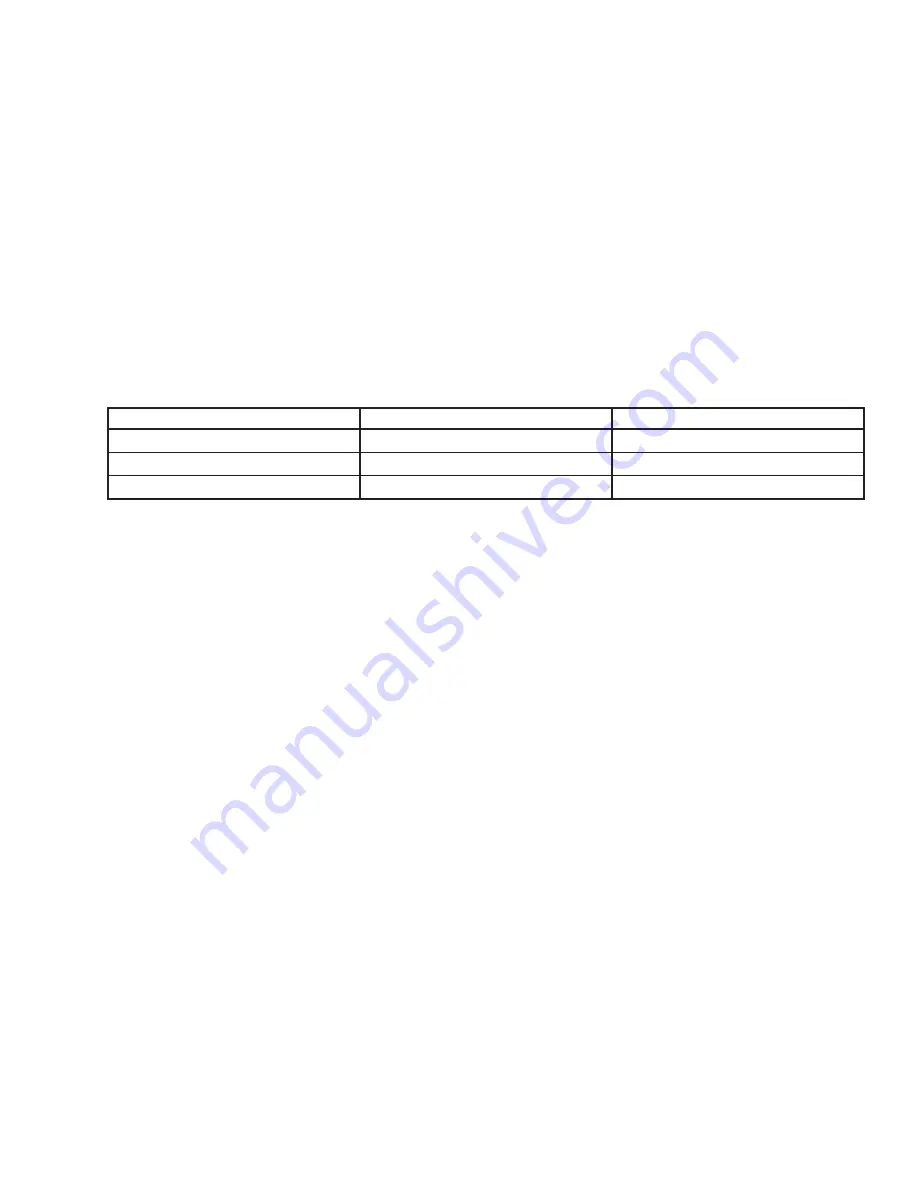
262391
63
Revision A
3.15
Haying Tips
Follow the recommendations in this section to ensure the highest quality hay production.
3.15.1
Curing
Curing crops quickly helps maintain the highest quality of crop material. Approximately 5% of protein is lost from hay for
each day that it lays on the ground after cutting.
Leaving the windrow as wide and fluffy as possible results in the quickest curing. Cured hay should be baled as soon as
possible.
3.15.2
Topsoil Moisture
Topsoil moisture is an important consideration when determining the timing of hay cutting and the type of windrow
needed.
Table 3.5 Topsoil Moisture Levels
Level
% Moisture
Condition
Wet
Over 45%
Soil is muddy
Damp
25
–
45%
Shows footprints
Dry
Under 25%
Surface is dusty
•
On wet soil, do
NOT
create a wide and thin windrow. A narrower, thicker windrow will dry faster than hay left flat on
wet ground.
•
When the ground is wetter than the hay, the moisture from the soil is absorbed by the hay above it. Determine the
moisture level of the toposil before you begin cutting. Use a soil moisture tester or estimate the level.
•
If the ground is wet due to irrigation, wait until the soil moisture level drops below 45%.
•
If the ground is wet due to frequent rains, cut the hay when the weather allows. Let the hay lie on wet ground until it
dries to the moisture level of the ground.
•
Cut hay will dry only to the moisture level of the ground beneath it, so consider moving the windrow to drier ground.
3.15.3
Weather and Topography
Time your hay cutting so that the cut hay is able to cure as rapidly as possible.
•
Cut as much hay as possible by midday. Drying conditions are best in the afternoon.
•
Sun-facing slopes receive up to 100% more exposure to the sun
’
s heat than slopes that do not face the sun. If the hay is
to be baled and chopped, consider baling sun-facing slopes and chopping slopes that do not face the sun.
•
When the relative humidity is high, the evaporation rate is low and so hay dries slowly.
•
Humid air is trapped around the windrow in calm conditions. Raking or tedding will expose the hay to fresher and
drier air.
•
Cut hay perpendicular to the direction of the prevailing winds, if possible.
3.15.4
Windrow Characteristics
The shape and density of the windrow is an important factor with respect to how rapidly the hay cures.
Refer to
3.13 Operating Rotary Disc Header, page 413 Operation, page 19
for instructions on adjusting the header.
















































